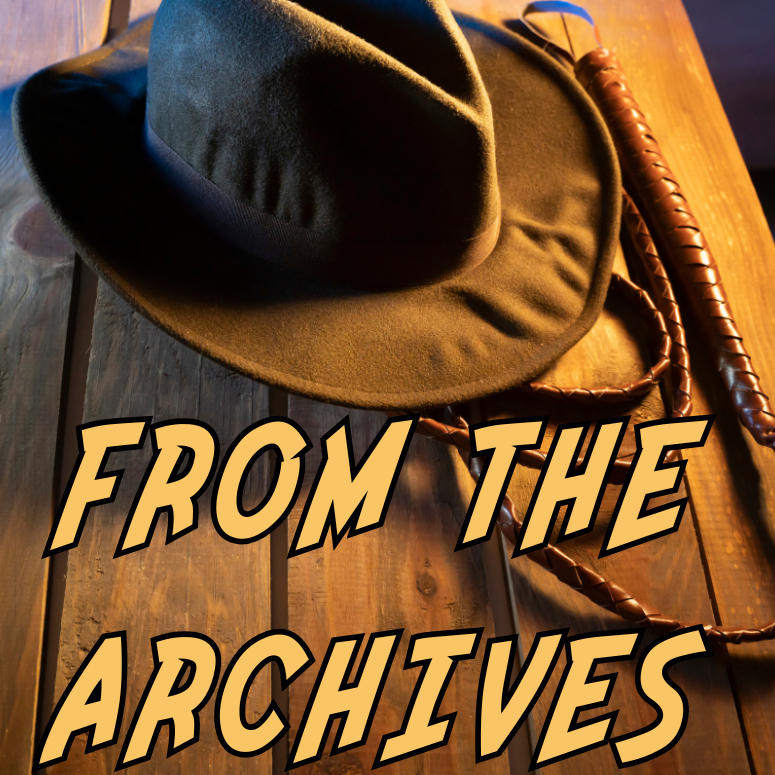From the Archives...

11/14/2025 Contact Margaret Lovell
Campus ministry, or as the UUA calls it now, Programs for Youth and Emerging Adults, was well established in both the Unitarian and Universalist churches in Urbana early in the Twentieth Century. By the 1940s, the churches had established local branches of the Channing and Murray Foundations.
In 1953, at the national-level, the Channing Foundation (Unitarian) merged with the Murray Foundation (Universalist) to establish the Channing-Murray Foundation. In April 1954, in Urbana, the Unitarian and Universalist churches’ student groups formed our Channing-Murray Foundation, which met at the Unitarian Church on the corner of Mathews and West Oregon Streets. At that time, because of the relative merits of the locations and sizes of the two buildings, it was thought that that the Unitarian Church would be used for Channing-Murray and the Universalist Church (Green and Birch Streets) for family worship. The successful joining of the two student groups gave encouragement to those who felt that the two churches themselves should unite in service to liberal religion in our region.
In May 1957, the two Urbana churches formed a Merger Commission, consisting of the two ministers, Rev. Arnold Westwood (Unitarian) and Rev. Earle McKinney (Universalist), and six members from each church. The commission unanimously recommended merging, and when the merger was completed on October 13, 1957, Rev. Westwood and Rev. McKinney continued serving as co-ministers for the joined church and Channing-Murray.
The merger agreement did specify that neither minister would stay with the church or foundation after the dust of unification settled. Within the year, McKinney left for a Universalist church in Portland, Maine, and almost a year to the day after the merger, Westwood took a Unitarian pulpit in Westport, Connecticut.
The transition from two churches to one, with a shared minister, was not smooth. Midway through that first joined year, a special meeting of the congregation of what was then called the Universalist-Unitarian Church of Urbana-Champaign was held on April 27, 1958. A significant portion of that meeting concerned the relationship between the ministers and the congregation. The minutes state, “To substantiate the report of the Pulpit Committee, the Moderator [Seichi Konzo] presented the following arguments: that there were no conditions in the Merger Agreement which bound either minister to stay; nor that one would assume the position of permanent minister upon the resignation of the other; nor that a second resignation must follow the first. Further, that the Pulpit Committee selected by the Congregation must represent the Congregation to the best of its ability, and that in this unique situation they would have to determine their own procedure; and that, in the last analysis, the Minister of the Church must decide whether or not there exists the rapport with which he can continue to serve the Church. Mr. Konzo concluded with remarks designed to remind the Church that its first loyalty was to the cause of liberal religion, particularly of this Church, that the co-ministry has been concluded and that our mutual success much be of first importance, that personal feelings of victory or defeat must be dismissed.”
It seems that the need for the admonitions by Moderator Konzo arose from the great popularity of Unitarian Rev. Westwood and the disgruntlement of the Universalists, who had struggled to endorse the merger and were, apparently, feeling outnumbered and overwhelmed. The conflict was not between the ministers, as we hear from Rev. Westwood in the published 1982 history of the church. “The year I spent with Earle McKinney as co-minister was one of the happiest in my professional life. We received identical salaries. Announced sermon topics but never let on who was to preach. Divided committee responsibilities, calling, etc. There was no competition between us and to this day we are intimate friends though we seldom see each other. I really believe in that sort of ministry. I think it was our radiant collegiality in that year that cemented the merger – not that others were not working on it.”

